
Sopa de Caracol (Conch Soup) Sopa de caracol is one of the most distinctive meals dishes in the Honduran cuisine. This soup was made popular across Latin...
What it is about Honduran food that makes it different from other tropical cuisines? Honduran food is a fusion of African, Spanish, and indigenous cuisine. Its most notable feature is that it uses more coconut than any other Central American gastronomy in both sweet and savory dishes.
The typical Honduran food is based on meats, poultry and fish, omelets, beans, rice, dairy products like cheese and butter, vegetables, legumes, and fruits. The aromatic coffee as a beverage is present in the whole country to accompany breakfast, dinner or any time of day as a welcome element in one’s visit.
Honduras features different cooking styles from one region to another. This fact is the result of the influences each region has gathered. Also, the ingredients determine this diversity.
According to CIA World Factbook population makeup of Honduras is:
Different ethnic groups live in specific environments and this diversity is an integral part of the beauty of Honduras and enormous influence on the Honduran cuisine. The Anglo-African-Caribbean “Bay Islanders” live on the Bay Islands off the north coast. The Garífuna people live along the Caribbean Coast of Central America, from Belize to Nicaragua. The Miskito and Tawahka people live in the rain forests of the eastern lowlands, and in similar lands in neighboring areas of Nicaragua. The Pech and Jicaque people live in some of the more remote areas in the central highlands. The Chortí and Lenca people live in the rugged western highlands. Hispanic-Hondurans (“mestizo”) live in the north, south, and center of the country.
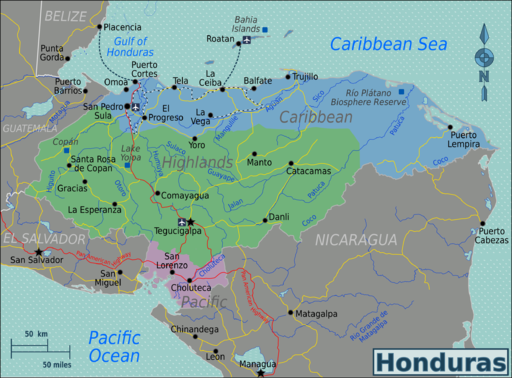
The western and the central regions of the country have a cuisine based on corn, while people from the Eastern Honduras put a greater accent on the rice and the cassava root. Also, the Eastern part of the country, which contains the coastal region, uses the seafood more frequently.
On the north coast of Honduras exists not only Garifuna cuisine, but also Miskito and Creole food. Instead of tortillas there are eaten cooked green or ripe plantains (for example in the form of machuca – green plantain mashed with coconut and many other ingredients), or cassava (for example in the form of Garifuna’s thin cassava bread).
During the banana era US fruit companies introduced new food customs in the area, thus maize flour was replaced with wheat flour in most local preparations. One of the unexpected results was the emergence of the most typical and favorite Honduran food of the north coast, the Baleadas.
Another delicious Honduran food, and that according to popular belief a cure for hangover, is the iguana soup (the iguana is a about 50 cm long reptile farmed in Honduras).
In the south of Honduras there are many shrimp producing farms and artisanal fisheries. It is also a cattle area, so it is producing all kinds of dairy, beef and pork. Fruits are grown such as melons, watermelons, pineapples, mangoes and sugarcane necessary to produce sugar.
A typical dish in southern Honduras is the seafood soup, made with fish, crab and shrimp. Some time ago the “levantamuertos” soup has been invented. It contains, in addition to everything that seafood soup is made of, turtle eggs and jumbo shrimps. Other Honduran dishes include the homemade chicken soup, roast beef or grilled skewers.
Geographically there is quite a change in Honduran cuisine from the west to the east. In the highlands of the central and western provinces corn is the base for tortillas and most other dishes. The beans favored by pre-Colombian Mexico meet the root crops of South America and, as a result, Honduras boasts more than 20 kinds of tamales, made from steamed cornmeal and filled with meats, beans, vegetables, and chilies. In the eastern lowlands, the staple is rice and cassava root, flavored using pumpkin, plantain, coconut and seafood.
In the central area you can eat a combination of the food from the north, such as fried fish or chicken, beef or pork with rice and salad or vegetables, tripe soup, beans, tapado or seafood soup (although plantains or tortillas are preferred instead of machuca), you can also eat pupusasand other food of the south, such as the seafood soup, chicken soup, bagels, tustacas, corn quesadillas. It is also quite common to prepare tamales, tamales montucas or corn.
There are several Honduran dishes that are prepared in accordance with the holidays. At Christmas and New Year Hondurans consume torrejas (a donut-like dessert soaked in a sugar syrup), also eggnog, tamales, roasted pork leg. Grapes, apples and sweets are also consumed in those days. An exquisite dish made in Olancho, characteristic to the area, is tapado Olanchano soup. During Holy Week Hondurans prepare dry fish soups, as the Catholics do not eat meat during this time of the year.

Sopa de Caracol (Conch Soup) Sopa de caracol is one of the most distinctive meals dishes in the Honduran cuisine. This soup was made popular across Latin...
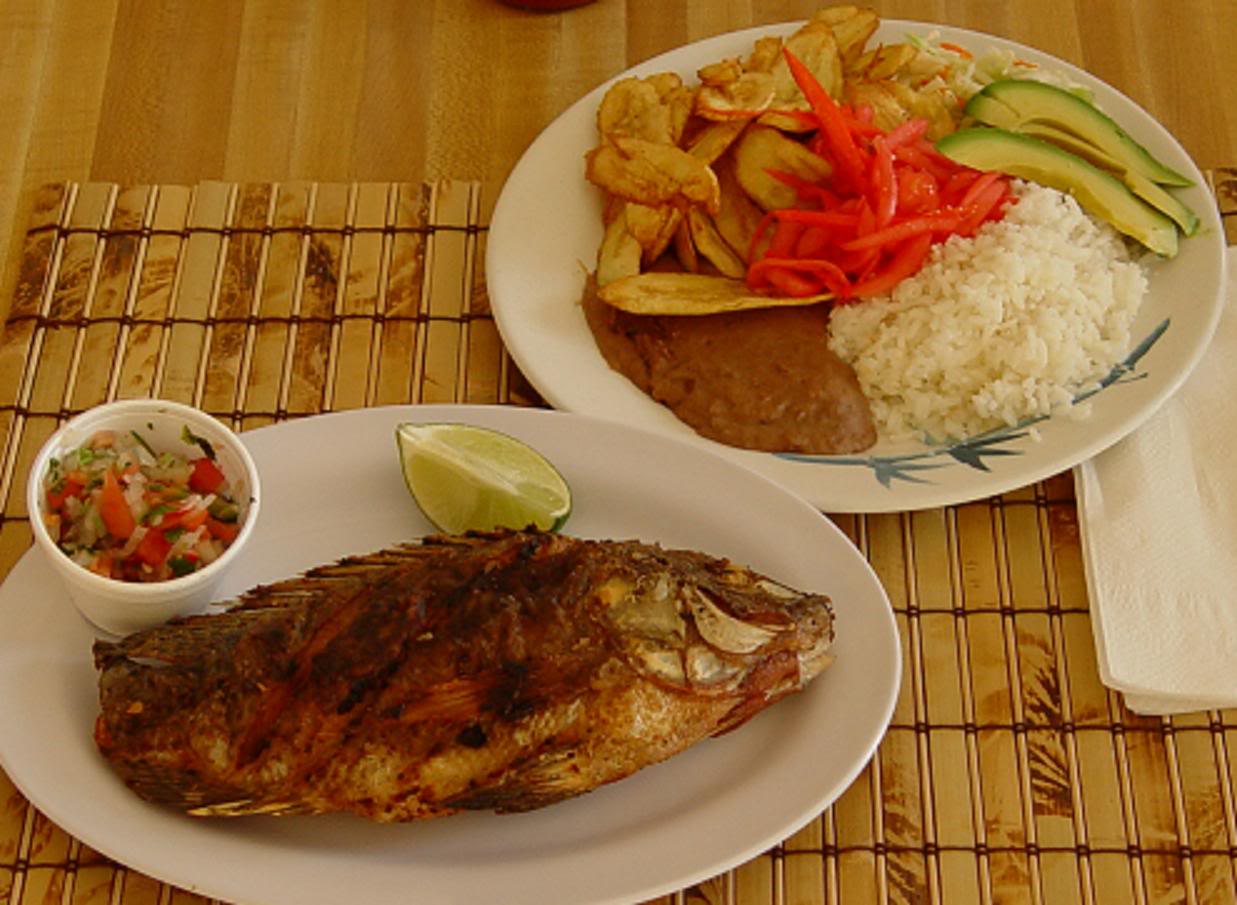
Pescado Frito con Tajadas (Honduran Fish and Chips) The whole fried fish is a famous dish throughout Honduras. Food like this is most popular on the North...
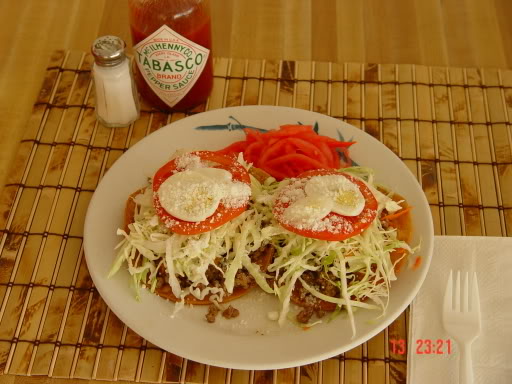
What Is So Special About Honduran Enchiladas? A curious thing about Honduran food is that it has main ingredients and basic flavors very similar to the Mexican...
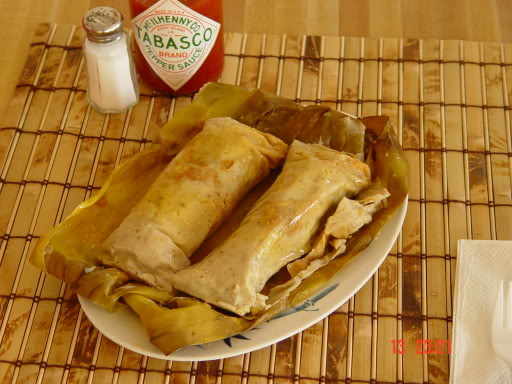
Origins of Honduran Tamales The tamal is a pre-Hispanic food and ritual, which has endured throughout history despite the various influences and incursions...
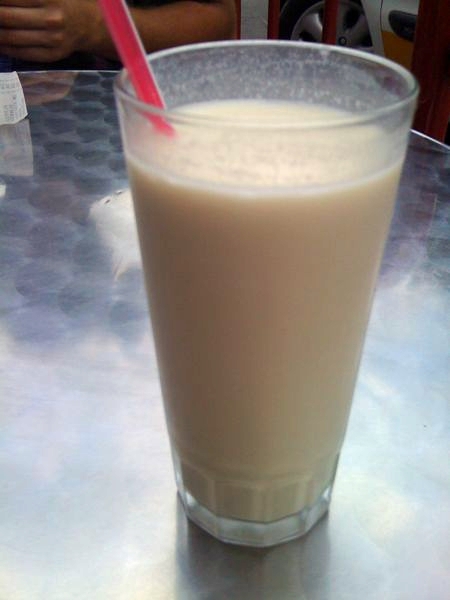
Horchata is a staple drink in Honduras. Origins of Honduran Horchata Horchata originates from Egypt & Sudan where they originally used the chufa nut...
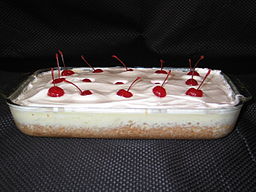
Tres Leches Cake (Pastel de Tres Leches) - a vanilla cake soaked in a combination ofВ three kinds of milk, including evaporated milk, sweetened condensed milk...
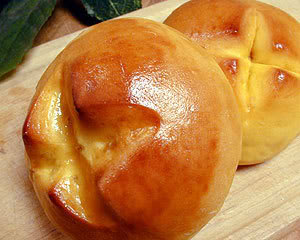
What is Pan De Coco? In many Latin American countries there is some version of coconut bread.В This traditional Honduran food, known as "pan de coco," is a...
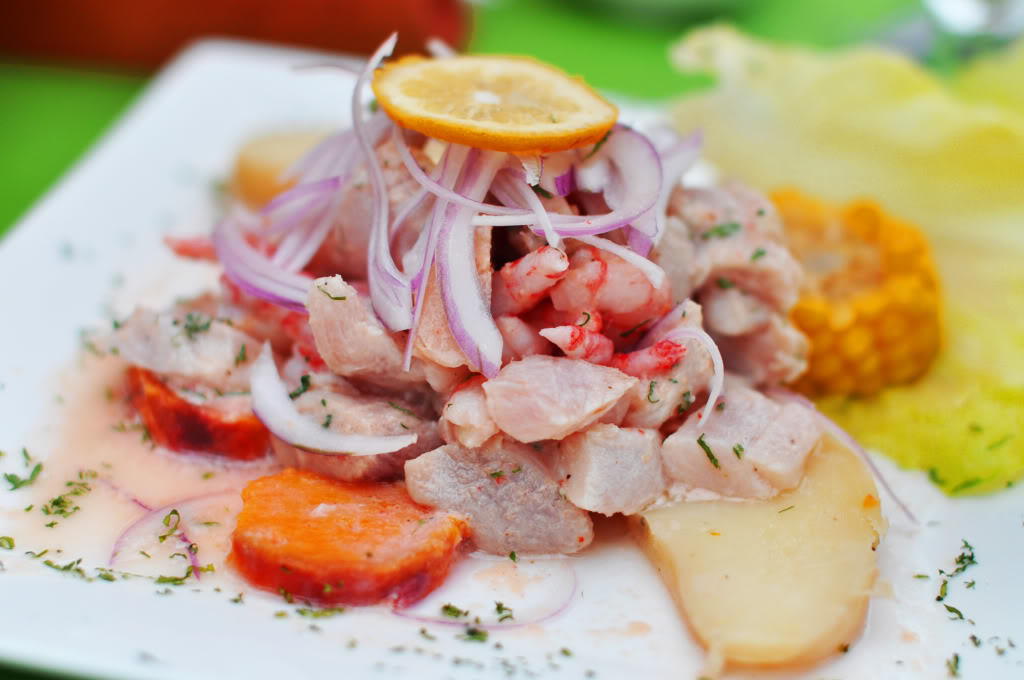
Ceviche (also spelled seviche or cebiche) is a seafood dish popular in the coastal regions of Central and South America, and the Philippines. The dish is...